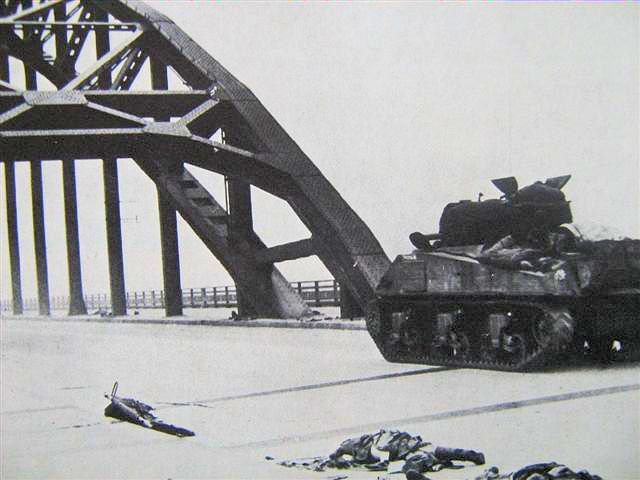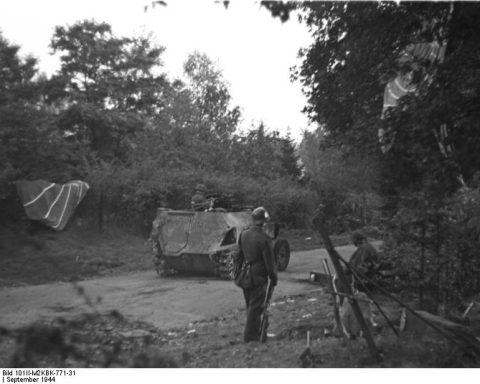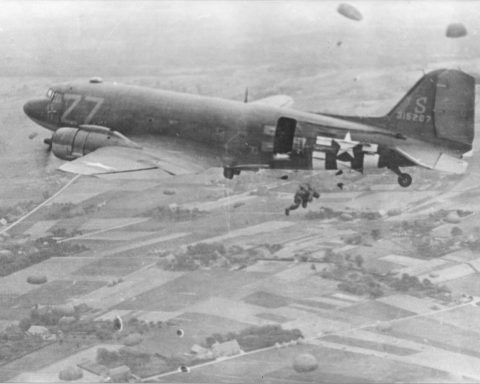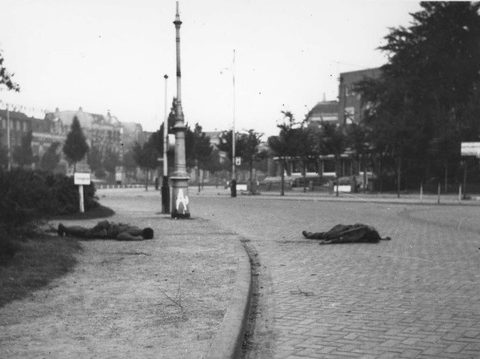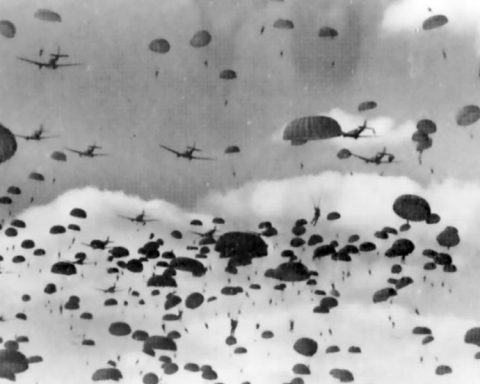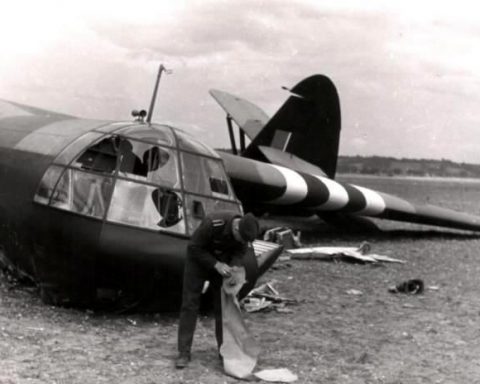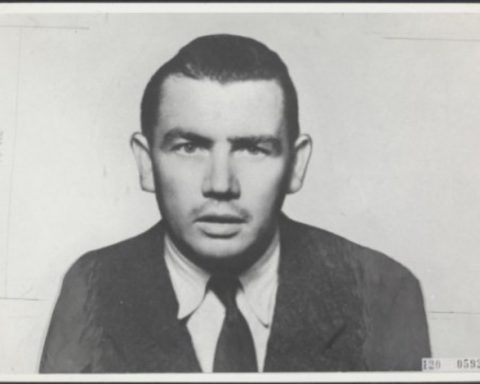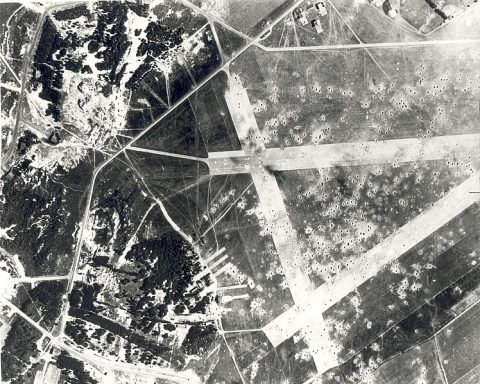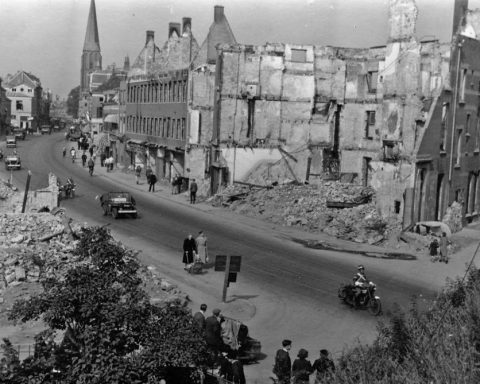There are still many myths circulating about the Battle of Arnhem for so many decades afterwards. One of those myths is that Allied tanks could have driven undisturbed to the Rhine Bridge in Arnhem on Wednesday evening, September 20, without major opposition.
If the Allies had done that, they would have been able to relieve John Frost’s troops at the Rhine Bridge in Arnhem and Market Garden would have ended in an Allied victory. At least: that is the myth. However, the hard facts contradict this.
After heavy fighting, soldiers of the American 82nd Airborne Division on Wednesday evening managed to capture the North side of the Waal Bridge in Nijmegen. After a heroic crossing in canvas boats that afternoon, the American airbornes crossed the Waal. After the railway bridge was captured first, the Waal Bridge was also captured on Wednesday 20 September.
Four British tanks from XXX Corps crossed the Waal Bridge, but to the amazement of the Americans, the British stopped at Lent, 500 meters north of the bridge. If the British were not in a hurry to come to the aid of their compatriots in Arnhem, the crossing could also have taken place in the dark at night. By then fewer soldiers would have died, the Americans explained to the British tanks.
The British tank crews defended themselves by stating that in the first place they had no order to march towards Arnhem. Second, they had too little fuel and ammunition to do much in the event of German resistance. Moreover, no infantry was actually available to support the British tanks.
And so there was a halt. Only the next morning it was decided to attack in the direction of Arnhem. It soon stranded: the first five British tanks were set on fire a few hundred meters from the starting point of the attack.
But could the Allies reach Arnhem on Wednesday evening? Most likely not. They had progressed probably a bit further than on Thursday morning. Chances are they made it to Elst unscathed, half way between Nijmegen and Arnhem. But most likely they hadn’t come any further.
On Wednesday evening around 8 p.m., John Frosts battalion, which was left of it, had lost control of the Rhine Bridge. The Germans in Arnhem immediately sent tanks across the bridge to form a defensive position on the south side of the bridge.
This was confirmed after the war by the German General Harmel, of the 10th SS Armored Division:
“The British tanks had not had a chance when they arrived at Arnhem. By then the bridge at Arnhem was in the hands of the Germans.”
It would have been a different story if the British general Horrocks had prepared a battle group with tanks and infantry that could have pierced immediately after the conquest of the Waal Bridge. But Horrocks’ behavior was shaky throughout the operation. He seemed not to be aware that he had to reach Arnhem as soon as possible.
And so on Wednesday 20 September, only four British tanks were available at Lent for a possible advance to the Rhine. They would not had a chance in Arnhem.

